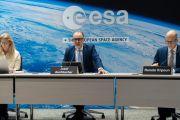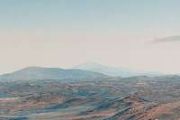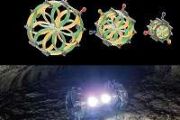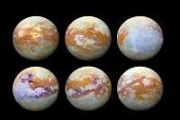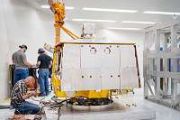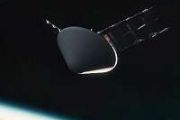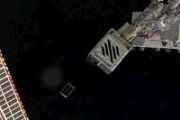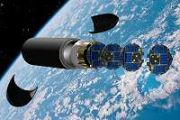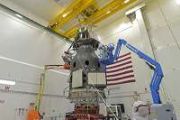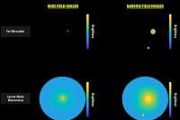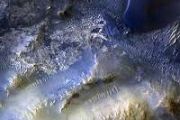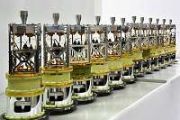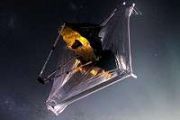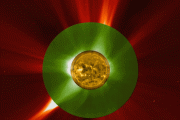
Copernical Team
Relive Sentinel-1C on Vega-C launch
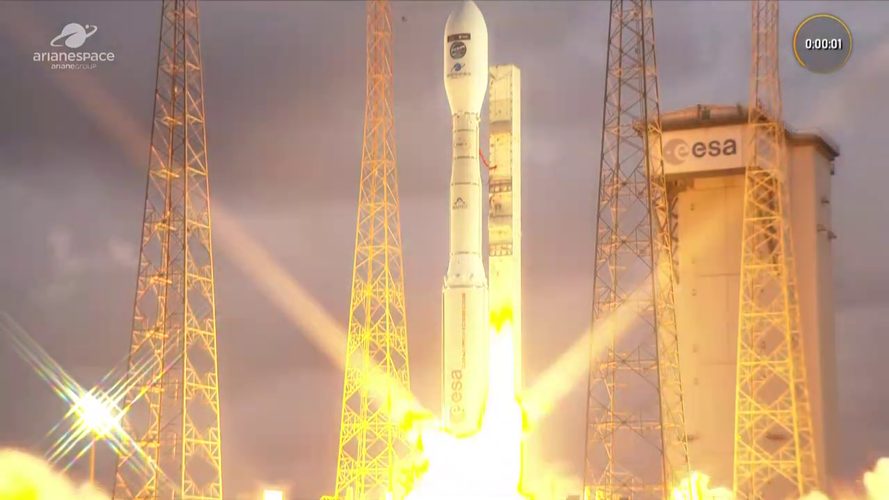 Video:
02:31:24
Video:
02:31:24
The third Copernicus Sentinel-1 satellite, Sentinel-1C, launched aboard a Vega-C rocket, flight VV25, from Europe’s Spaceport in French Guiana on 5 December 2024 at 22:20 CET (18:20 local time).
Sentinel-1C extends the legacy of its predecessors, delivering high-resolution radar imagery to monitor Earth’s changing environment, supporting a diverse range of applications and advance scientific research. Additionally, Sentinel-1C introduces new capabilities for detecting and monitoring maritime traffic.
The launch also marks Vega-C’s ‘return to flight’, a key step in restoring Europe’s independent access to space. Vega-C is the evolution of the Vega family of rockets and delivers increased performance, greater payload volume and improved competitiveness.
Week in images: 02-06 December 2024
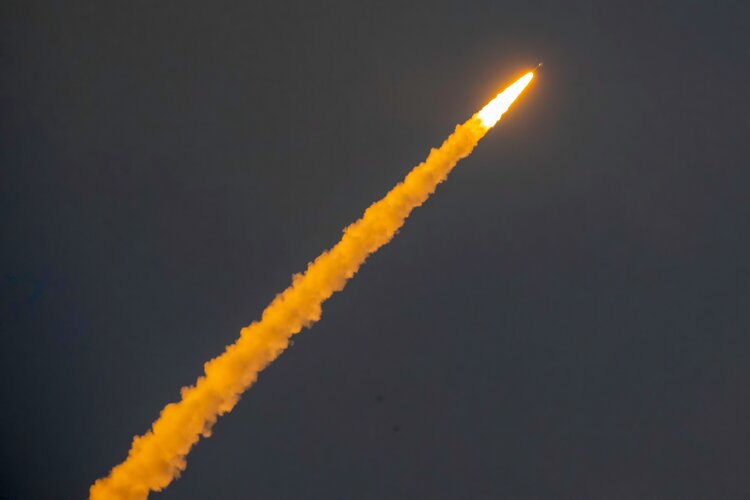
Week in images: 02-06 December 2024
Discover our week through the lens
Iran launches heaviest space payload into orbit: media
 Iran successfully launched on Friday its heaviest space payload, which includes a satellite and a space tug, using a domestically developed satellite carrier, official media reported.
Weighing 300 kilogrammes (660 pounds), the payload consisted of the Fakhr-1 telecommunications satellite and the Saman-1 space tug, according to state television.
The Saman-1 is an "orbital transmission sys
Iran successfully launched on Friday its heaviest space payload, which includes a satellite and a space tug, using a domestically developed satellite carrier, official media reported.
Weighing 300 kilogrammes (660 pounds), the payload consisted of the Fakhr-1 telecommunications satellite and the Saman-1 space tug, according to state television.
The Saman-1 is an "orbital transmission sys Earth from Space: First seasonal snow
 Image:
This Copernicus Sentinel-2 image from 21 November 2024 captures the first snow of the season over Denmark and southern Sweden.
Image:
This Copernicus Sentinel-2 image from 21 November 2024 captures the first snow of the season over Denmark and southern Sweden. Vega-C takes Sentinel-1C into orbit
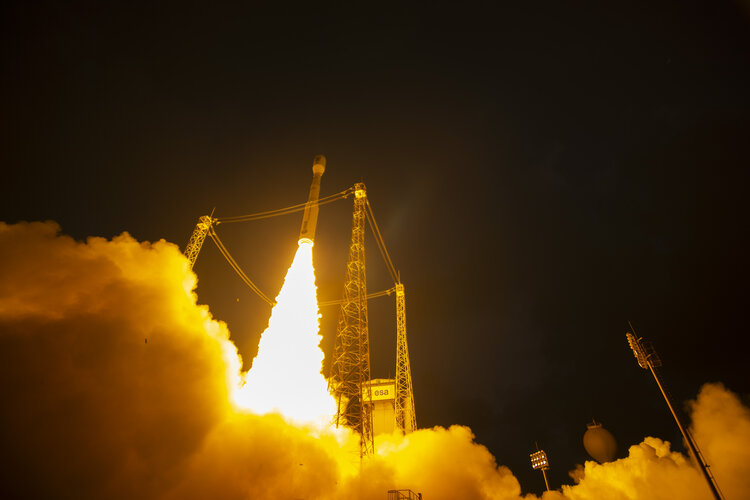 Image:
Vega-C takes Sentinel-1C into orbit
Image:
Vega-C takes Sentinel-1C into orbit Approaching plasma dynamics with advanced data techniques
 Fusion energy is emerging as a critical component in achieving a carbon-neutral society by providing a sustainable source of electric power. At the National Institute for Fusion Science, researchers are advancing this effort through studies on magnetically confined plasma using the Large Helical Device (LHD). Unlike other gases, plasma exhibits low density, approximately one-millionth that of at
Fusion energy is emerging as a critical component in achieving a carbon-neutral society by providing a sustainable source of electric power. At the National Institute for Fusion Science, researchers are advancing this effort through studies on magnetically confined plasma using the Large Helical Device (LHD). Unlike other gases, plasma exhibits low density, approximately one-millionth that of at Twin mini satellites provide new insights into polar heat emissions
 Two compact satellites, part of NASA's Polar Radiant Energy in the Far-Infrared Experiment (PREFIRE), are delivering groundbreaking data on the far-infrared radiation emitted from the Arctic and Antarctic regions. This marks the first systematic measurement of this phenomenon, which is critical for understanding Earth's energy balance. These measurements will clarify how atmospheric water vapor
Two compact satellites, part of NASA's Polar Radiant Energy in the Far-Infrared Experiment (PREFIRE), are delivering groundbreaking data on the far-infrared radiation emitted from the Arctic and Antarctic regions. This marks the first systematic measurement of this phenomenon, which is critical for understanding Earth's energy balance. These measurements will clarify how atmospheric water vapor Cubic Telecom and Skylo expand satellite connectivity for vehicles
 Cubic Telecom, a global leader in software-defined vehicle (SDV) solutions, has announced a partnership with Skylo Technologies, a pioneer in non-terrestrial network (NTN) communications. This collaboration will integrate Skylo's satellite network into Cubic's connectivity platform, expanding its capabilities to include satellite-based global coverage.
The partnership builds on Cubic Telec
Cubic Telecom, a global leader in software-defined vehicle (SDV) solutions, has announced a partnership with Skylo Technologies, a pioneer in non-terrestrial network (NTN) communications. This collaboration will integrate Skylo's satellite network into Cubic's connectivity platform, expanding its capabilities to include satellite-based global coverage.
The partnership builds on Cubic Telec Space Machines expands global partnerships with UK collaboration to address space debris
 Space Machines Company, a leading Australian-Indian in-space servicing firm, has announced a strategic collaboration with UK-based ISAM technology developer Lunasa. This partnership aims to tackle the pressing global challenge of space debris and represents a significant step forward under the UK-Australia Space Bridge Arrangement, which promotes innovation and international collaboration within
Space Machines Company, a leading Australian-Indian in-space servicing firm, has announced a strategic collaboration with UK-based ISAM technology developer Lunasa. This partnership aims to tackle the pressing global challenge of space debris and represents a significant step forward under the UK-Australia Space Bridge Arrangement, which promotes innovation and international collaboration within Muon Space secures contract to enhance space-based environmental monitoring
 Muon Space, a comprehensive space systems provider specializing in designing and operating low-Earth orbit (LEO) satellite constellations, announced its receipt of a Small Business Innovation Research (SBIR) Phase II contract. This award, facilitated by SpaceWERX and Space Systems Command (SSC), supports the advancement of space-based environmental monitoring (SBEM) through the development of a
Muon Space, a comprehensive space systems provider specializing in designing and operating low-Earth orbit (LEO) satellite constellations, announced its receipt of a Small Business Innovation Research (SBIR) Phase II contract. This award, facilitated by SpaceWERX and Space Systems Command (SSC), supports the advancement of space-based environmental monitoring (SBEM) through the development of a 
